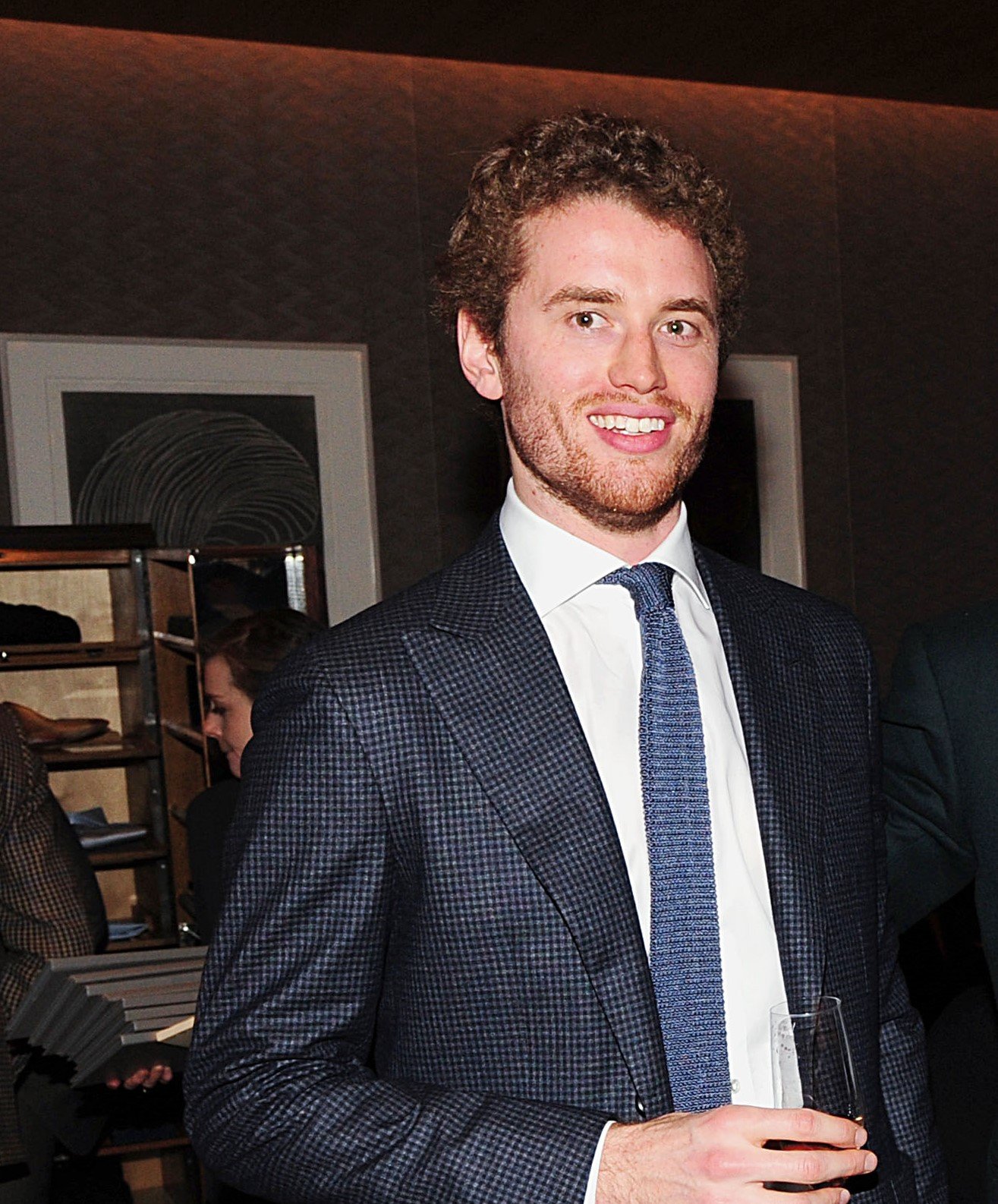
The tangled mess of overlapping claims that caused now-disgraced dealer Inigo Philbrick to shutter his gallery spaces in Miami and London—and then reportedly go into hiding—appears to be intensifying.
New allegations regarding a $6 million Rudolf Stingel painting that Philbrick is said to have sold to three separate entities—amounting to considerably more than 100 percent of the value—were filed today in New York by collector Aleksandar Pesko and his business entity Satfinance Investment Ltd. The move comes just a few weeks after London’s High Court agreed to freeze Philbrick’s assets at the request of several claimants, including Pesko.
The current legal tussle comes down to a scramble over who has the best claim to the art that Philbrick allegedly oversold. In the latest filing, Pesko presented documents showing that, in January 2016, he paid Philbrick $3.35 million for a 50 percent share in a 2012 Stingel, a photorealist-style portrait of artist Pablo Picasso. The collector is seeking to refute claims by another investor, Guzzini Properties, that its claim should take priority.
Aleksandar Pesko and Alina Baikova. Photo by Mireya Acierto/Getty Images
The real trouble began for Philbrick when the Stingel at issue was sold at Christie’s in May. According to legal filings, the dealer had assured his various clients that the painting would achieve a record price, as much as $14 million, and that he had secured a guarantee of $9 million. But when the work sold for only $6.5 million, the players who believed they had a stake in the painting became suspicious—and then angry.
For the moment, however, the action has temporarily shifted away from Philbrick as his claimants fight it out amongst themselves to get priority access to what he has left behind. “Guzzini has claimed title to an artwork based on an alleged ‘good-faith, arm’s-length purchase,'” Pesko’s attorney Judd Grossman told Artnet News. “But the facts surrounding the transaction, revealed in court filings today, paint quite a different picture, and we feel confident that the court will recognize our client’s ownership interest in this work.”
Rudolf Stingel, Untitled (2012). Image courtesy Christie’s.
Mysterious Owners
The ongoing case lifts the veil on a segment of the market fueled by increasingly byzantine deals involving anonymous corporations, partial ownership, and fast flipping. In fact, the claimant Guzzini remained anonymous even after they filed suit on November 1.
Earlier this week, Guzzini’s owners were unmasked by Bloomberg as UK tycoons Simon and David Reuben, who have a combined net worth of $12.6 billion, according to the Bloomberg Billionaires Index. According to letterhead from an agreement with Philbrick viewed by Artnet News, Guzzini Properties’ registered address is in Tortola in the British Virgin Islands. The new filing includes correspondence from October 14 between collector Lisa Reuben, Simon Reuben’s daughter, and Pesko, in which Pesko appears to offer proof of payment for his 50 percent interest.
Guzzini’s attorney Wendy Lindstrom did not immediately respond to a request for comment, but she previously told Bloomberg: “My clients are philanthropic collectors, who, unfortunately, must now litigate to secure their rightful title to artworks after their good-faith, arm’s-length purchases.”
That stands in contrast to Pesko’s claim, in which he argues that Guzzini never purchased the work outright, but instead accepted it, alongside works by Wade Guyton and Christopher Wool, from Philbrick as collateral for a loan. Because Guzzini “was not a buyer in the ordinary course of business,” Pesko contends, their claim to the painting is “dubious” and was not clearly represented to the court.
The filing includes a copy of an agreement from August 18 that appears to specify terms of the loan agreement, including the insurance value of the three works, a combined $22 million. The paperwork also lists the provenance of the Stingel: Gagosian Gallery, New York, a private collection in Russia, and then Inigo Philbrick.
Simon and David Reuben made the mistake of doing business with the dealer Inigo Philbrick. (Photo by David M. Benett/Getty Images for Lyric Hammersmith)
What Does Ownership Even Mean?
The catch here? Despite his name listed on the provenance, Philbrick never owned the work outright. The money to purchase the work from the Russian collector was ponied up by another client-turned-claimant, a German finance company called FAP, or Fine Art Partners. Under the terms of their agreement, FAP and Philbrick would acquire works, Philbrick would broker the sales of those works, and they would share the profits. FAP has also sued Philbrick in Miami in October and is currently trying to recoup millions of dollars worth of artwork from him (including that pesky Stingel).
Even as Guzzini consigned the Stingel to Christie’s in May, Philbrick was still representing to FAP that the German company was the rightful owner and would receive proceeds from the sale, according to correspondence in legal filings reviewed by Artnet News. He lied to FAP principles when he told them he had secured a $9 million auction guarantee, which he attempted to back up with documents that Christie’s later told FAP were falsified.
Further complicating matters, at the May 15 auction, New York-based Stellan Holm Gallery placed the successful bid of $6.5 million for the Stingel. According to Guzzini’s complaint, the gallery has yet to pay in full for the painting and the work is currently being held in storage by Christie’s. Christie’s is not a party to any of the legal action and says it is awaiting instructions from authorities about how to handle the work.
According to today’s claim, Pesko says that even if Guzzini’s loan agreement with Philbrick “were to be deemed a sale—to be sure it was not—the transaction was shrouded by glaring red flags undermining [Guzzini’s] claims to have been a buyer in the ordinary course of business.”